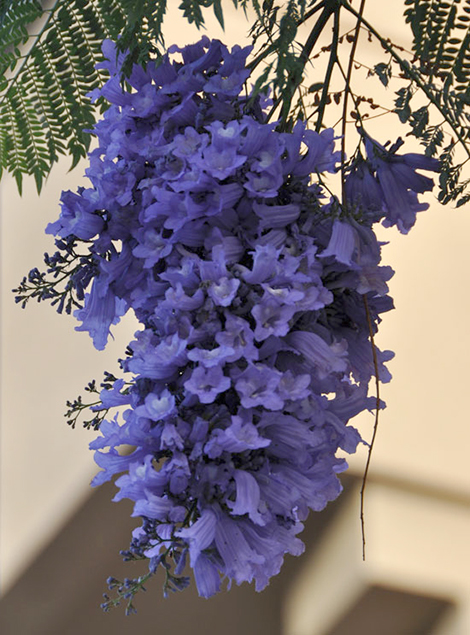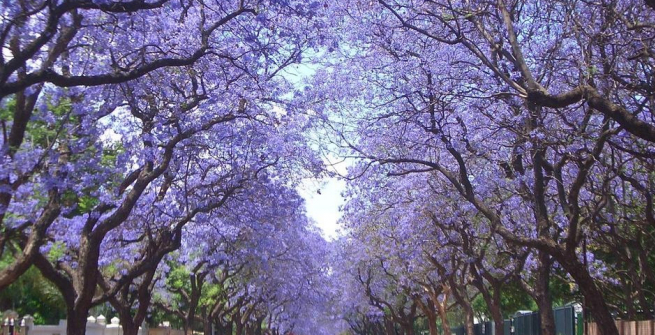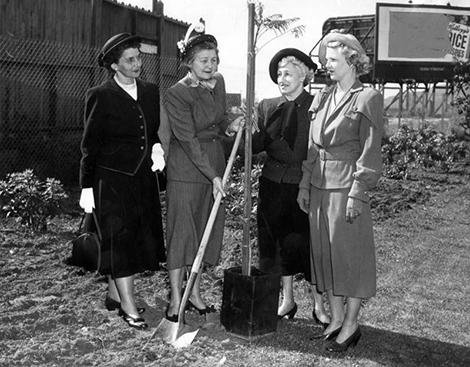Jacaranda season is almost here, that magical time of year when the spectacular purple blossoms come into sight and chase away May Gray and June Gloom.
Like so many of the trees that make up the Los Angeles landscape, the jacaranda hails from overseas. Native to Brazil, the subtropical jacaranda is a good fit for our Mediterranean climate. The trees grow 25 to 45 feet tall and nearly as wide. The trumpet-shaped flowers are one to two inches long and usually have five petals.
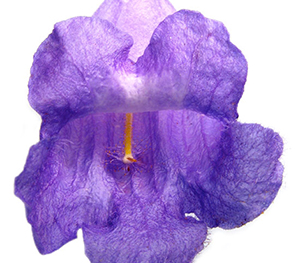
We don’t know exactly when or how the jacaranda first made its way to Southern California, but it is thought that travelers from Brazil brought jacaranda seeds here in the mid-19th century.
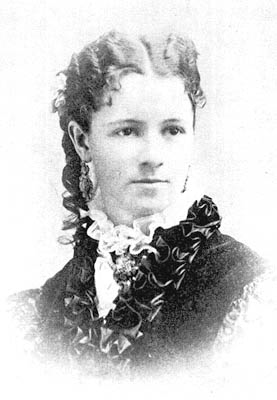
Katherine Olivia “Kate” Sessions is credited with popularizing the jacaranda tree in southern California. Sessions was a horticulturist with a passion for exotic plants. In 1892 she leased a scrub-filled mesa owned by the city of San Diego. In exchange for annually planting 100 trees in the park, Sessions was allowed to use 32 acres for her commercial nursery. The jacaranda was one of the many plants promoted by Sessions; its showy blossoms made it an easy sell. The trees became popular in Los Angeles during the 1920s and 30s.
Many jacaranda trees were planted in the 1950s and 60s as part of a city-wide effort to plant more street trees.
Jacaranda trees create a beautiful blue canopy over many L.A. streets. It turns out, the jacaranda is well-suited to be a street tree. Its roots don’t buckle sidewalks like ficus and magnolia trees do and once established the jacaranda doesn’t require a lot of water.
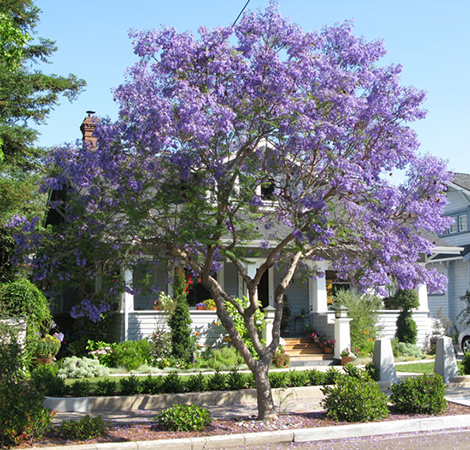
For all its beauty, the jacaranda does have detractors. Critics complain about the sticky purple blossoms that litter sidewalks and dirty car windshields. It’s actually not nectar that makes the blooms sticky; it’s aphids. The insects excrete a sugary substance called “honeydew” after feasting on the flowers.
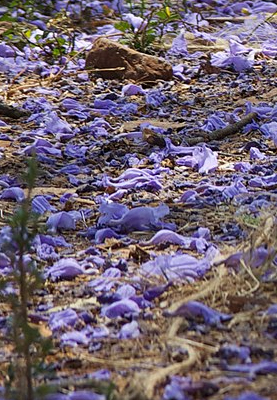
The vivid blue shade is a rarity in the plant world. Less than ten percent of the 280,000 species of flowering plants produce blue flowers. As abundant as they are in the southland, jacaranda trees are rare in the rest of the United States. So this jacaranda season, take a moment to appreciate the glory that is the jacaranda.
